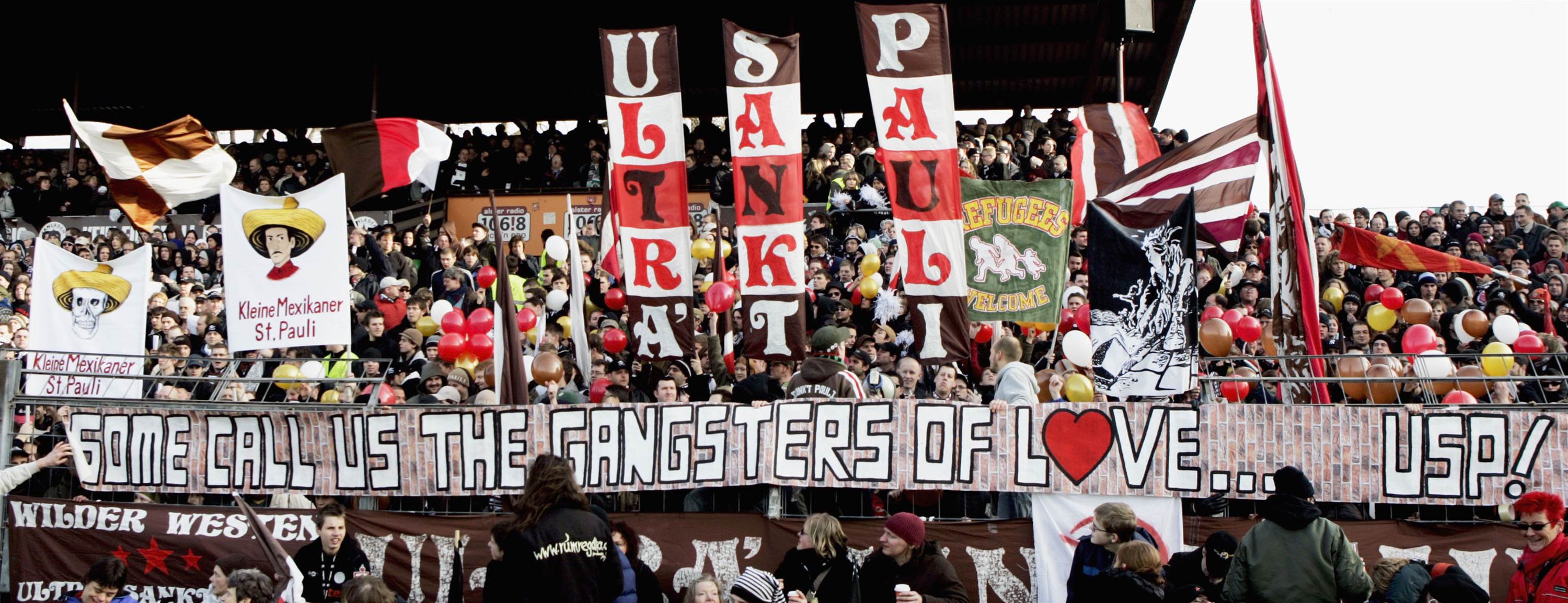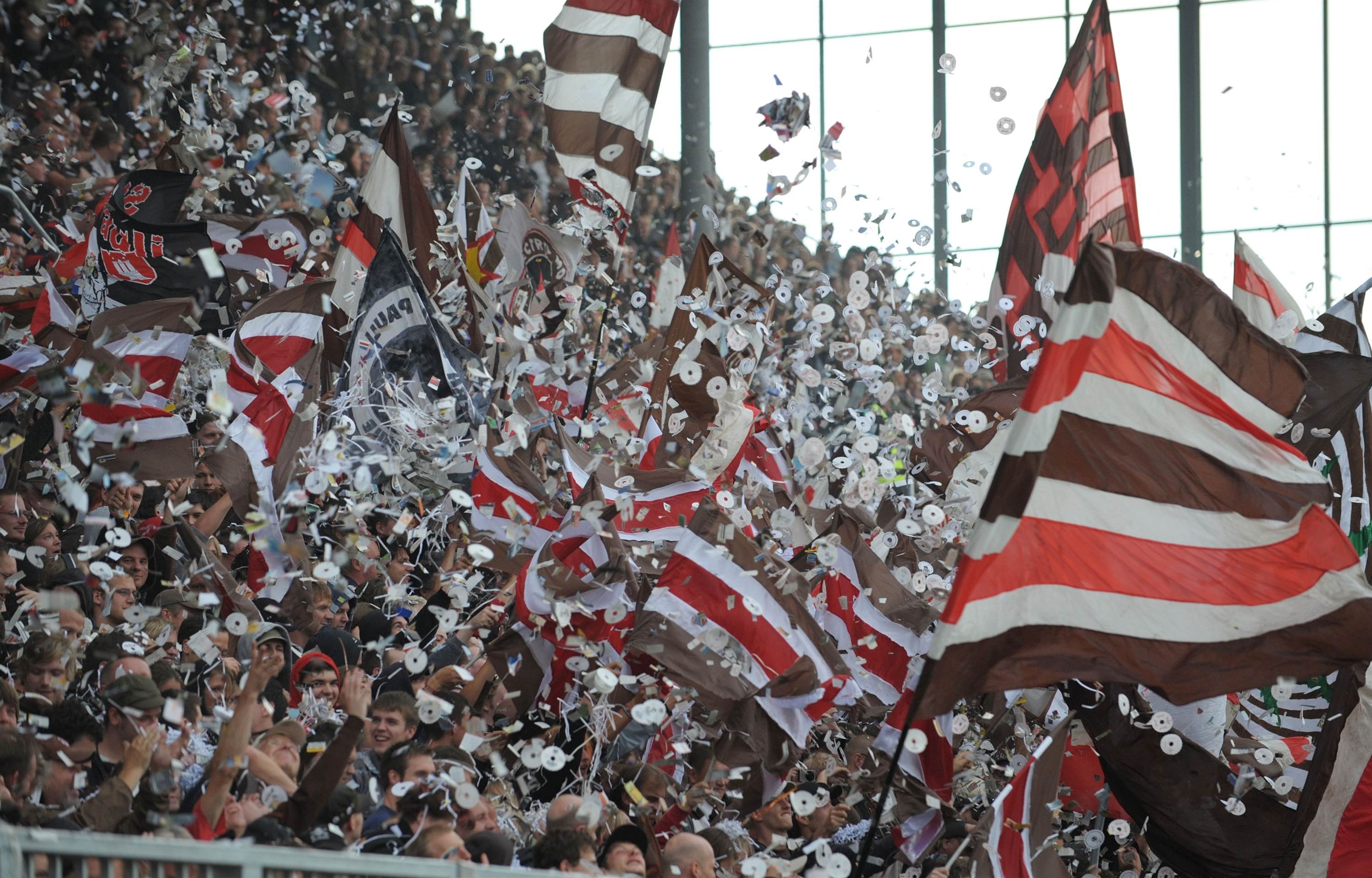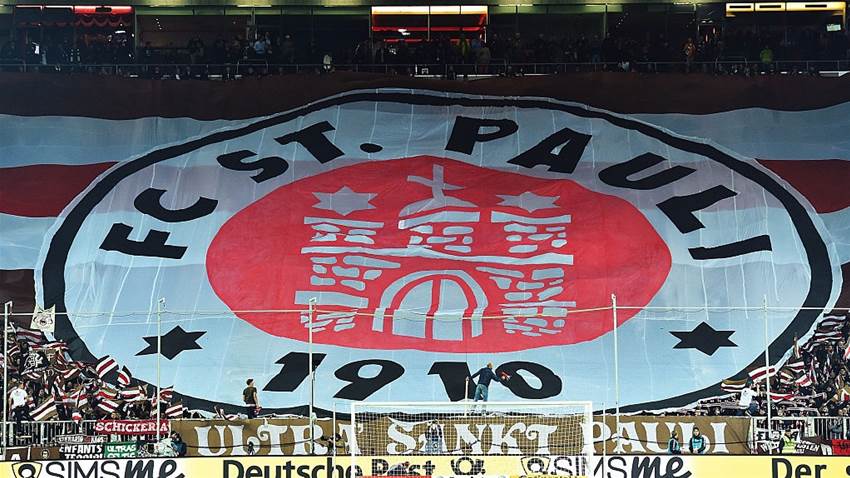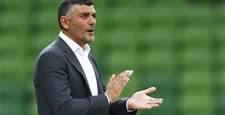We all want another Western Sydney Wanderers, but how can A-League expansion clubs get it right? The answer may be hidden within one of Europe’s most unusual teams.
Forget Bayern Munich, move over Borussia Dortmund. The hottest prospect in German football isn’t a superpower, it’s not even in the first division. Meet 2.Bundesliga’s FC St Pauli – ‘the alternative club’.
Founded in Hamburg in 1910, St. Pauli traditionally fell under the shadow of its cross-town rival Hamburger SV. A yo-yo club that nearly went bankrupt in 1979, until the mid 80s, Kiezkicker just couldn’t get it right.
But then something extraordinary happened that not only secured the long term security of the club, but gave it global relevance and an iconoclastic place in modern football - it became a cult.
If you’re thinking Charles Manson or Kool-Aid, think again. St. Pauli’s board struck gold when they began to rebrand the side around the unique characteristics of the club’s location – their area of Hamburg is located on the working class docks, home to the city’s infamous nightlife and red light district.
The area, originally named after New Testament apostle Saint Paul, now has one of the youngest, left wing demographics in Germany and a strong, progressive culture that far exceeds the notoriety of its ‘sinful mile’.
In the early 90s St. Pauli began to adopt a bold identity and a brash political ethos, rewriting the region’s football history in the process. In 1981, the club was struggling to pull crowds of 2,000. Since ‘91, they’ve been regularly selling out a 20,000 capacity arena in a district with a population of only 20,000 people.
What’s St. Pauli’s secret?

The German minnows had little to lose in 1985 when they attempted an outside-the-box solution to a run of the mill football problem.
The city was disinterested, spoiled by the success of rivals Hamburger SV, while St. Pauli’s failure to capitalise on brief periods of success had left them on the verge of insolvency.
At this vital stage, the board identified a passionate yet disaffected segment of the local population. They were then brave enough to take real action to garner their support - the key to avoid a pandering dynamic.
St. Pauli attracted an audience traditionally disassociated from German sport by embracing the punk movement early in official chants, songs and emblems (nowadays they’re more closely related to techno - they kept the fashion but lost the instruments).
But there’s substance behind St Pauli’s style - the club also focused on building a female audience - it now claims to be the best supported German football club among women - going as far as to remove advertisements for ‘sexist’ men’s magazines from within its stadium.
Punk, metal or techno heads aside, female audiences are a largely untapped segment of Australian football fans that no A-League club has been able to noticeably attract.
St. Pauli’s managed to cement a strong level of engagement among its target demographic through establishing a set of ‘Fundamental Principles’ - an almost biblical set of political and social aims that the club adheres to in all facets of operation.
Politics and sport, it’s enough to make a cautious club owner recoil in horror. But full-capacity average attendances don’t lie.

“St. Pauli FC is the club of a particular city district, and it is to this that it owes its identity,” the club’s statement of aims reads. “This gives it a social and political responsibility in relation to the district and the people who live there.
“St. Pauli aims to put across a certain feeling for life and symbolises sporting authenticity. This makes it possible for people to identify with the club independently of any sporting successes it may achieve.
"Essential features of the club that encourage this sense of identification are to be honoured, promoted and preserved."
Related Articles

Treble-winning Mariners enter ALM's greatest debate

Popovic expected to make call on Victory future













